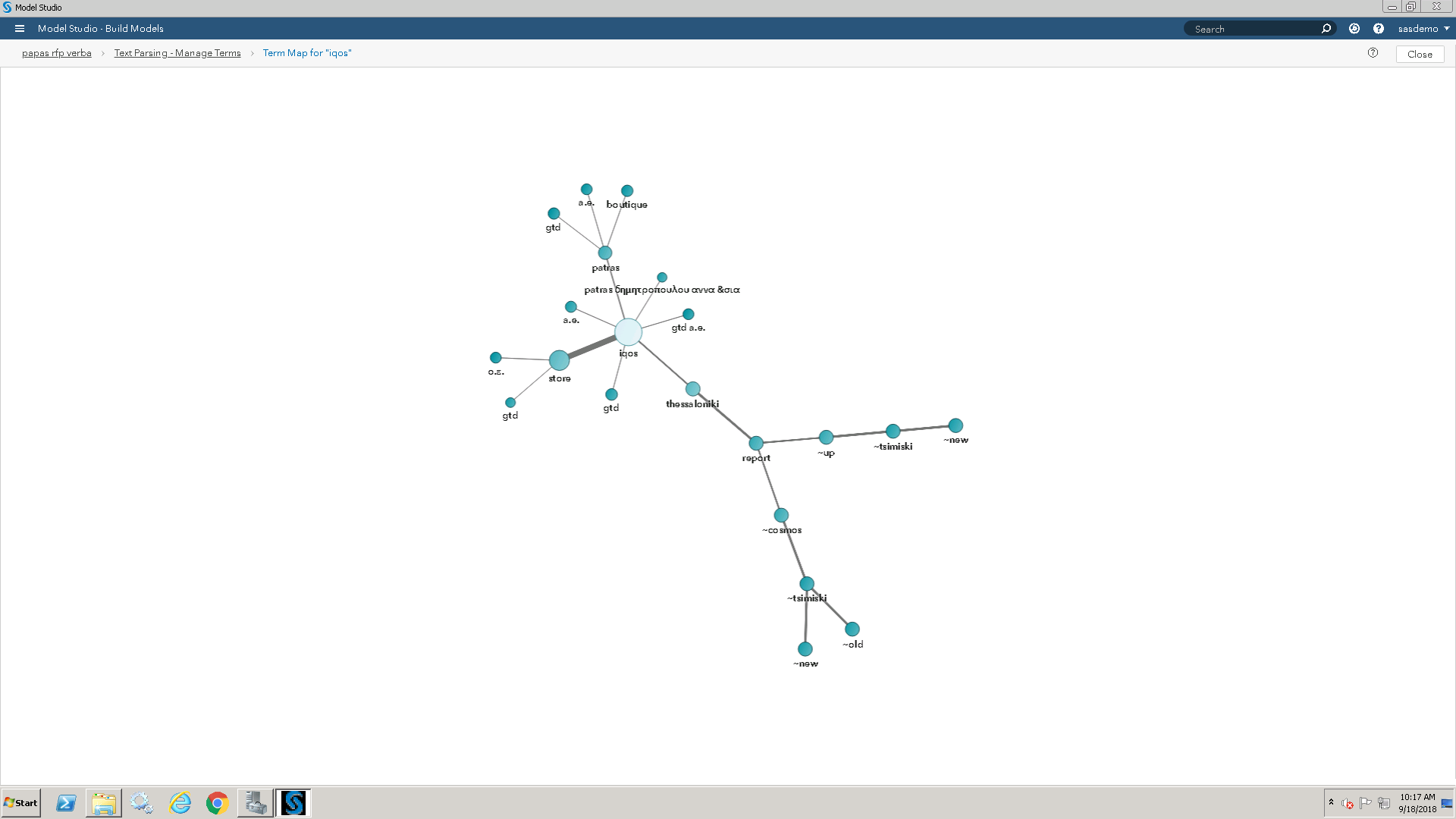For many years now, companies have been seeking to understand the views of their customers by asking them for direct feedback. Market research, in the form of interviews or focus groups, has tried to understand customers’ wants and needs. And who has not sighed as yet another recorded voice informed them that “calls may be recorded and monitored for quality or training purposes”?
However, consideration of "the voice of the customer" has moved to new levels recently. Advanced analytics tools are enabling companies to use previously untapped sources of data, including social media, live chat and website behaviour, to gain new insights into their customers. New tools now seek to capture everything that customers are saying about a brand or product to provide an overall perspective of the brand.

A range of objectives
Voice of the customer analytics is useful for several reasons. First, it helps to define customers’ wants, needs and issues, and to build buyer personas. This enables more targeted marketing, and also ensures that companies remain customer-centric. However, it is also useful to understand whether there is a gap between customer expectations and experience.
Increasingly, companies are seeking to use voice of the customer techniques to support active reputation management. It can enable them to respond faster to negative feedback and engage more effectively with customers.
Bringing together data from multiple sources is particularly helpful in driving new insights and showing new ways to add customer value. For example, companies might want to look at all communications from customers, bringing together information from call centres, live chat, social media contact and direct messages via social media, email and text. In doing so, they may gain new insights into the root causes of customer contact. This, in turn, can help them to improve the way that they operate and provide better customer experiences.
Data, solutions and quality
Applying voice of the customer methods and techniques sounds obvious, but it is actually harder than it looks. First of all, it is important that you can be confident about the quality of the data. This is very much a case of "garbage in, garbage out." You need reliable input data, and you also need a reliable way to store, manage and process it to ensure that it is consistent and in a suitable form for analysis. Data must also be kept up-to-date for reliable insights, which usually means automated data collection, cleaning and reporting.
A good solution to support voice of the customer work needs to provide accurate identification of both topics and sentiment (positive or negative). Ideally, it also needs to be able to interpret the intensity of feelings. A slightly negative "meh"-type response in a feedback form needs a different response – in a different time frame – than an angry customer posting on social media.
A good solution to support voice of the customer work needs to provide accurate identification of both topics and sentiment. Ideally, it also needs to be able to interpret intensity of feelings. Click To TweetVisual text analytics solutions often offer built-in options for data cleaning and preparation. They also combine a range of analytics techniques, including AI-based and rules-based options for maximum flexibility, allowing both broad coverage and in-depth exploration. Finally, the best provide accurate but simple visual representations of findings that are easy to interpret and understand, even for business users.
Delivering results and value
To get value, companies will need to define key terms, which may need to be in several languages. They may need to identify custom concepts to isolate and pull out important pieces of information. Organizations need plenty of data to train the model, especially if it uses AI and machine learning techniques. The data should be drawn from several sources to avoid any bias in language used in particular communication media.
The results, however, can be eye-opening. You can, for example, look at combinations of words that are used together, such as this example from a Greek tobacco company marketing a new product called IQOS:
The word "IQOS" is associated with several other terms, including "store," and particular geographical areas but not others. This may show geographical trends in product use. However, it could also highlight pockets of particularly good or bad sales practice, resulting in more customer interaction, and can, therefore, show where the company may wish to investigate further.
Like any other analytical technique, therefore, visual and text analysis of the voice of the customer provides another perspective, providing new insights and information. It is especially useful because it draws in previously unused data, offering the potential for new outputs. Companies using it are finding that it adds an interesting new facet to their understanding of customers.

